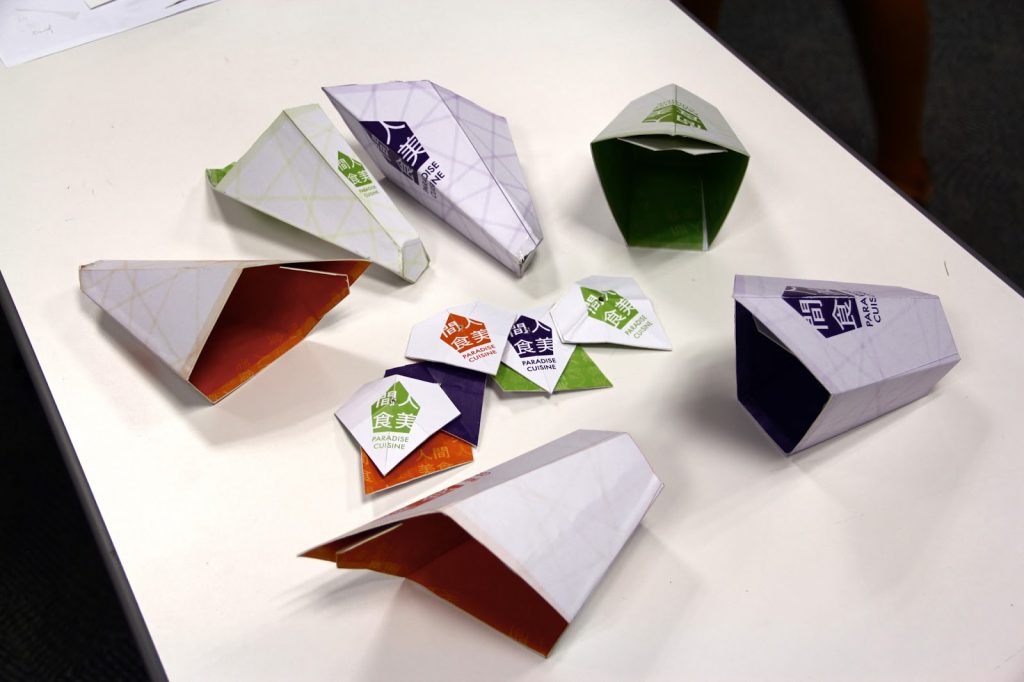Reduce Packaging Sampling Cost: The Basics

Samples of packaging units are actual production units that are used for the purpose of packaging. Samples are often confused with prototypes – something that gives an idea of what the packaging would look like but is not the real thing.
How is Sampling Different from Prototyping?
Samples are the production unit, given out in smaller quantities that can be used for trying out the packaging. It’s great for testing purposes. However, getting a small number of samples can be often more expensive than prototyping. Since sampling requires complete tooling and setup, the cost of manufacturing a smaller batch can increase the price per unit.

In this regard, prototypes are different. They are low-cost representations of what the actual packaging would look like. Unlike the samples, one cannot use the prototypes. The construction material, the fits, the print quality and the shape and size are inaccurate. But they act as a great visual aid when the designer and the client need to communicate regarding how a packaging would look like. Prototypes cost far less.

If one needs a small number of packaging products, then they can pay a little extra to get a small batch of samples. However, for larger requirements, it is better to prepare a prototype first and based on that, get a larger bundle of packaging.
Read a detailed article - How is a Sample different from a Prototype?
Techniques to Reduce Packaging Sampling Cost
Sampling can be costly for both the manufacturer and the client. Especially if the manufacturer is giving the samples for free, it can be quite an expensive affair. Here are some ways to reduce packaging sampling cost.
#1 - Reduce the Number of Samples Per Bundle
The most trivial way to reduce cost of sampling is to reduce the number of samples that you provide. When you cut down the number of samples you provide, you also cut down on the cost of raw materials and printing.

#2 -Reduce Number of Iterations Needed to Make Samples
When designing a custom sample for a client, it can be quite challenging to get it right in the first time. Often, making a perfect sample requires multiple iteration and with each iteration comes the extra cost and effort needed for setting up the tooling. This can be quite unproductive. However, by using different prototyping techniques, the designer and the client can effectively communicate and settle on a design can be used for manufacturing. This will require fewer or even no reiterations.
#3 - Use Printing Technology Suitable for Smaller Batches
Not all printing technology used for production are suitable for smaller batches. For instance, flexographic printing or rotogravure printing can be good for larger batches, but for making a smaller batch, using something like inkjet or digital printing can be more economic. There may be a minor variation in the quality, but it is a minor compromise considering the cost it will save.

You might also like to read about types of printing methods for packaging.
#4 - Keep Aside Extra Units From Production Runs as Samples
When manufacturing a large batch of packaging, you can keep aside a few as samples that can be sent to other clients when needed. These packaging can be set aside before they are printed or branded. One can use these packaging products as samples by customizing them as the client wishes.
#5 - Cutting Down Shipping Charges
When mailing samples to the client, manufacturers can use cheaper shipping options, if possible. Providing fewer number of samples means that the shipment also stays lighter and hence the shipping cost comes down too.
#6 -Reuse Leftover Scrap Materials From Manufacturing
Manufactures can make samples by reusing or recycling leftover scraps. These include the leftover parts from die-cut plastic or cardboard sheets, leftover printing inks and so on. These can be easily reused for smaller jobs such as sample manufacturing.
Sampling is essential when a small batch of packaging is required in a short period of time. Even though sampling can be costly, it’s possible to reduce the costs of sampling by making some minor compromises.
Bottom Line
Sampling is essential when a small batch of packaging is required in a short period of time. Even though sampling can be costly, it’s possible to reduce the costs of sampling by making some minor compromises. Cutting down on shipping charges or reusing scrap materials can help in reducing the cost to a certain degree. Some methods are more effective than others and depends on your company, your clientele and the type of samples needed. However, through trial and error, it is possible to effectively reduce sampling costs.
Wish to learn a bit about prototypes?
READ: Packaging Prototypes Decoded: What you see is what you get


